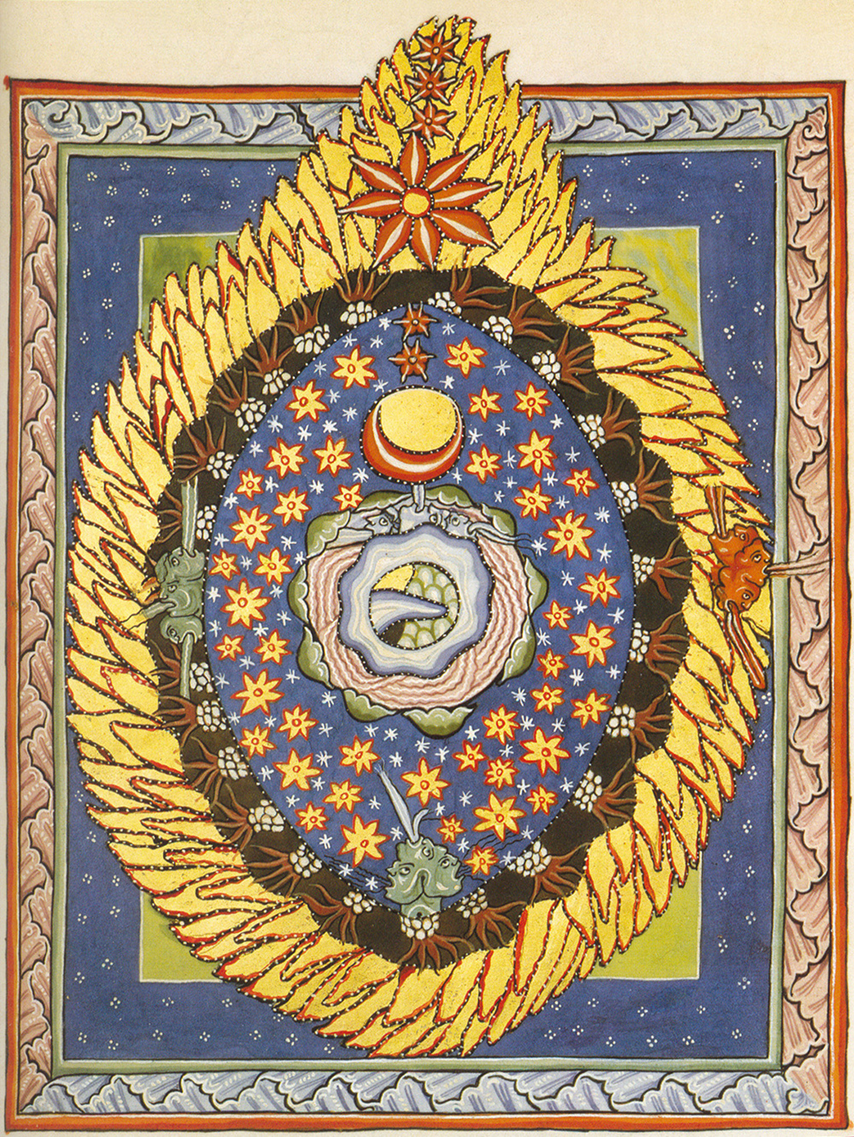"Actually, there was nothing feminine about Miss Bacewicz's piece. It was vigorous, even virile, with (…) a pulsing, throbbing rhythm and bold thematic material…" an American critic, Milton Berliner, wrote in 1952 in the Washington Daily News review of a Concerto for String Orchestra (1948) performance by the National Symphony Orchestra in Washington D.C.
In a book published in 1965 by her long-life friend, an influential Polish journalist and a fellow composer, Stefan Kisielewski wrote: “I couldn’t become convinced of the authenticity of Grażyna’s creative output. I couldn’t believe, and I was not the only one, that a woman can be a real composer.”
These gendered reviews are not outside of the norm for the times they were written in. They are also the perfect examples of the many reasons why it is important we celebrate Women’s History Month and International Women’s Day.
Grażyna Bacewicz (1909-1969) was a Polish composer, violinist, pianist, and a professor at my alma mater in Łódź, Poland. Life was not easy for Bacewicz. She survived two world wars, separation of her family, hunger, fatal living conditions, persecution, a prison camp, and a serious car accident. And then also an environment in which composers who happened to be female and mothers were not treated the same way as their male counterparts. Despite the world she was born into, she did her best to achieve her life and career goals. She composed over 200 works throughout her life. How did this happen?
If we sum up her career and life (which you can read more about here or here) and try to figure out why she became one of the most accomplished and recognizable Polish female composers of her time, a few distinct features come to the surface:
deep commitment to her art
mental and physical capability to overcome obstacles; integrity and perseverance
ever-lasting internal drive (in her own book she joked that she can do in ten minutes what others do in an hour)
She also made well-informed and thought-through career choices like:
studying locally and internationally with respected musicians (like Nadia Boulanger in Paris)
performing locally and internationally
making professional connections and networking
performing her own works and striving to have her works performed
continuous work on improving her skills as a performer and composer (life-long learner)
working as an educator and art and music administrator
These are clearly qualities of highly successful people, and Grażyna Bacewicz was one of them. Her perseverance and skill in navigating the complex world she lived in are impressive and worthy of our admiration. It is important to note that, while successfully navigating many life and career adversities, she was in a better position socially and legally as a woman in the mid 20th century than if she was born even just half a century earlier.
I personally find a huge inspiration in learning about the lives of successful professional female musicians of the past. I never take for granted what I am able to accomplish as a female in the 21st century thanks to many women who paved the road before me. I also see a need for more cultural and legal changes for women in order to have their voices heard, and in order to be respected in their professions without implicit biases which are still prevalent and palpable.
It is my hope that the story of Bacewicz’s life can allow all of us to take a moment and reflect on our lives, careers, where women were and are now, and the state of the world around us.















